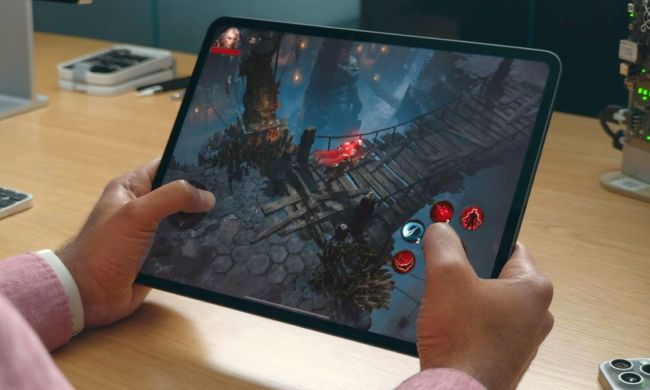When Apple unveiled the redesigned 24-inch iMac in May, it explained that it had shrunk down the computer’s logic board to miniscule proportions, allowing it to make the all-in-one desktop wafer-thin.
What it did not tell us was that it had it had shrunk everything else down so much that the iMac was essentially half empty on the inside.

That revelation has come from iFixit, whose engineers have torn down the latest iMac to see what makes it tick. And amazingly, the operation revealed large areas that contain no components at all.
Along the bottom of the machine — in the space still occupied by the large, outdated “chin” — is the super-small logic board, which contains the Apple-designed M1 chip, the storage modules, and various components such as the Wi-Fi and Bluetooth module. Flanking the board are two small fans, which themselves are bordered by the iMac’s new speaker system. Again, it reemphasizes just how important that bottom chin is for the design of the iMac to function.
There are two large, mysterious metal plates above the logic board, which iFixit speculated could be speaker chambers. And that’s about it.
Why is the iMac so devoid of components, then? Well, it all comes down to the M1 chip. One of the main reasons Apple switched from Intel processors to its own chips was efficiency — ARM chips like the M1 run far cooler than Intel’s own offerings, meaning they need far less vigorous cooling to keep them running optimally.
In the new iMac, that is most obvious in its super-slimline 11.5mm profile. Because it no longer needs a bulky fan system, the whole machine is basically on a diet. Yet Apple clearly did not want to cut down on the display size (in fact, thanks to reduced bezels, the screen size actually increased this year). That creates an interesting situation: A large display with very little behind it.
There were some components, including the large metal plates, the Magic Keyboard’s Touch ID sensor, the speakers, and two unidentified circular modules, that iFixit promised to examine at a later date. The website said it would also deliver a repairability score for the iMac at the same time.



